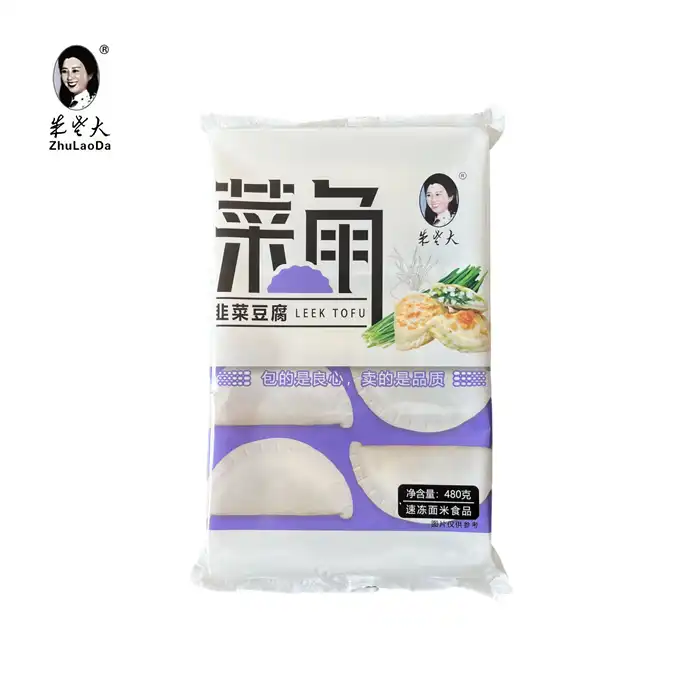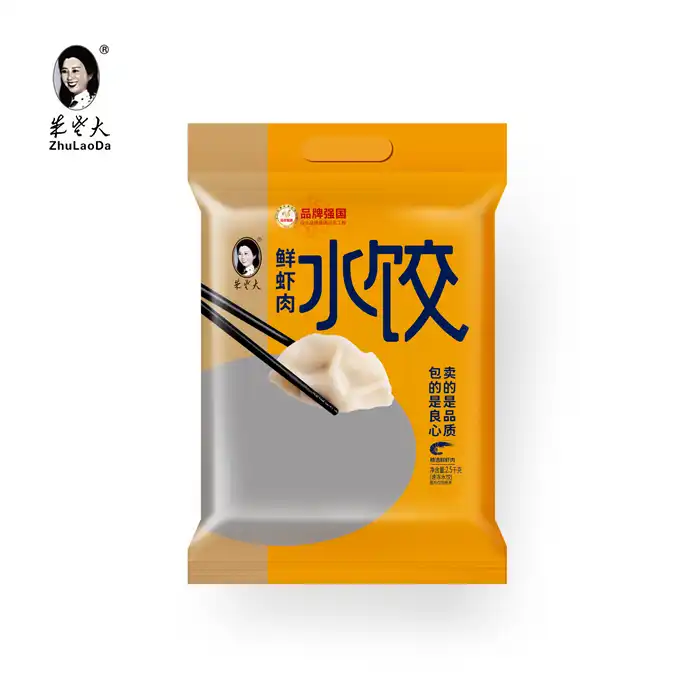- English
- French
- German
- Portuguese
- Spanish
- Russian
- Japanese
- Korean
- Arabic
- Greek
- German
- Turkish
- Italian
- Danish
- Romanian
- Indonesian
- Czech
- Afrikaans
- Swedish
- Polish
- Basque
- Catalan
- Esperanto
- Hindi
- Lao
- Albanian
- Amharic
- Armenian
- Azerbaijani
- Belarusian
- Bengali
- Bosnian
- Bulgarian
- Cebuano
- Chichewa
- Corsican
- Croatian
- Dutch
- Estonian
- Filipino
- Finnish
- Frisian
- Galician
- Georgian
- Gujarati
- Haitian
- Hausa
- Hawaiian
- Hebrew
- Hmong
- Hungarian
- Icelandic
- Igbo
- Javanese
- Kannada
- Kazakh
- Khmer
- Kurdish
- Kyrgyz
- Latin
- Latvian
- Lithuanian
- Luxembou..
- Macedonian
- Malagasy
- Malay
- Malayalam
- Maltese
- Maori
- Marathi
- Mongolian
- Burmese
- Nepali
- Norwegian
- Pashto
- Persian
- Punjabi
- Serbian
- Sesotho
- Sinhala
- Slovak
- Slovenian
- Somali
- Samoan
- Scots Gaelic
- Shona
- Sindhi
- Sundanese
- Swahili
- Tajik
- Tamil
- Telugu
- Thai
- Ukrainian
- Urdu
- Uzbek
- Vietnamese
- Welsh
- Xhosa
- Yiddish
- Yoruba
- Zulu
How Do You Cut Cabbage for Wontons?
Making wontons is an art, combining delicate textures and flavors, and the preparation of ingredients is just as important as the folding process. One of the essential components of many wonton recipes is cabbage, often used as a filling ingredient alongside meat, shrimp, or tofu. But, as simple as it may seem, the way you cut cabbage can significantly impact the texture and flavor of your wontons. In this article, we will explore the best practices for cutting cabbage for wontons, providing you with useful tips and techniques to ensure your wontons are consistently delicious.
Why Cabbage Is Used in Wontons
Cabbage is commonly used in wonton fillings because of its ability to add texture and bulk to the mixture without overpowering the other ingredients. When cooked, cabbage softens and releases moisture, which makes it an ideal ingredient for balancing the savory flavors of the meat or seafood. Moreover, cabbage is inexpensive, widely available, and can be seasoned to suit various flavor profiles.
Understanding how to cut cabbage for wontons is vital for maintaining the proper texture and moisture balance. If not prepared correctly, cabbage can become too watery or too chewy, negatively affecting the overall taste and texture of the wonton.
Choosing the Right Cabbage for Wontons
Before we dive into how to cut cabbage for wontons, it’s important to choose the right type of cabbage. There are several varieties of cabbage, but the most commonly used types in wonton fillings are Napa cabbage (also called Chinese cabbage) and regular green cabbage. Napa cabbage is a popular choice because of its softer texture and mild flavor, which blends well with the other ingredients in wontons. Its leaves are also thinner, making it easier to cut and work with.
Regular green cabbage, on the other hand, has a firmer, denser texture and may require a little more effort to soften. However, it can still be used in wonton fillings if properly prepared.
How to Prepare Cabbage for Wontons
Before you even begin cutting cabbage, proper preparation is key to achieving the best texture for your wonton filling. The first step in the process is washing the cabbage thoroughly. Remove any damaged or wilted outer leaves, and rinse the remaining cabbage under cold water to remove any dirt or pesticides.
Once your cabbage is clean, the next step is to decide whether to use the entire cabbage or just a portion. For making wontons, you'll need about half a head of cabbage for a typical batch of filling, depending on how much meat or other ingredients you're using.
Cutting Cabbage for Wontons: Step-by-Step Guide
- 1. Remove the Core
To begin cutting your cabbage, the first step is to remove the core. This can be done by cutting a V-shaped incision around the base of the cabbage where the stem is located. The core is tough and fibrous, so it’s important to discard it.
- 2. Shred the Cabbage
After removing the core, you can either chop or shred the cabbage. For wonton fillings, shredding the cabbage is typically preferred because it creates smaller, more uniform pieces that will blend seamlessly with the meat or other filling ingredients.
To shred cabbage, cut it into quarters and place each quarter flat on the cutting board. Then, slice the cabbage crosswise into thin strips. The thinner you slice the cabbage, the softer it will become when cooked, and it will blend more easily into the filling. Aim for strips that are about ¼ inch wide, but adjust according to your preference.
- 3. Chop the Shredded Cabbage
While shredded cabbage is ideal for wonton fillings, you may want to chop it further to ensure that it mixes well with other ingredients. After shredding, you can gather the cabbage into a pile and chop it finely with a sharp knife, reducing the size of the pieces even more. This helps to prevent any large chunks that might be too difficult to fold into the delicate wonton wrappers.
- 4. Salt the Cabbage (Optional)
To remove excess moisture from the cabbage, some recipes call for salting it before adding it to the filling. This process, known as salting, draws out water and helps to maintain the consistency of the filling.
To salt your cabbage, sprinkle a pinch of salt over the shredded cabbage and toss it to ensure an even distribution. Let the cabbage sit for about 10-15 minutes, then squeeze out the excess water using a clean kitchen towel or cheesecloth. This step is particularly important when using regular green cabbage, which tends to release more moisture when cooked.
- 5. Cook the Cabbage (Optional)
While most recipes call for raw cabbage in wontons, some chefs prefer to cook the cabbage slightly before adding it to the filling. This helps to soften the cabbage even further and reduce the risk of any remaining moisture. To cook cabbage, you can quickly blanch it in boiling water for about 2 minutes or sauté it lightly in a pan with a small amount of oil until it wilts. Afterward, allow it to cool before adding it to your filling mixture.
Blending the Cabbage with Other Ingredients
Once your cabbage is properly cut and prepared, it’s time to incorporate it into your wonton filling. Cabbage pairs well with ground pork, shrimp, or tofu, along with other flavorings like ginger, garlic, soy sauce, and sesame oil. When mixing your filling, ensure that the cabbage is evenly distributed so each wonton is well balanced.
Common Mistakes to Avoid When Cutting Cabbage for Wontons
While preparing cabbage for wontons may seem simple, there are some common mistakes that can negatively affect the final result:
- Not Removing Excess Water: If you skip the salting and draining step, your cabbage may release too much water during cooking, causing your wonton wrappers to become soggy.
- Cutting Too Coarsely: If the cabbage is cut into large, uneven pieces, it can create an unbalanced filling that is difficult to fold into the wrappers.
- Using Cabbage with Tough Stems: The stem of the cabbage can be tough and fibrous, so make sure to remove it entirely before using the cabbage in your filling.
- Not Cooking the Cabbage: In some cases, skipping the optional cooking step can lead to overly crunchy or chewy cabbage in your wontons, which may be unpleasant to bite into.
Conclusion
Cutting cabbage for wontons is a crucial step in preparing this traditional Chinese dish. By following the right techniques for shredding, salting, and possibly cooking the cabbage, you can ensure a delicious filling that complements the delicate wonton wrappers. Whether you’re using Napa cabbage or regular green cabbage, understanding the proper preparation methods will help you achieve the perfect texture and flavor in your wontons. The key is to focus on consistency, moisture control, and the right balance of ingredients.
References
“How to Make Wontons.” The Woks of Life, 2021, https://www.thewoksoflife.com/how-to-make-wontons/
“How to Make Wonton Wrappers and Fillings.” Serious Eats, 2019, https://www.seriouseats.com/how-to-make-wonton-wrappers-and-fillings
“How to Prepare Napa Cabbage.” EatingWell, 2020, https://www.eatingwell.com/article/290762/how-to-prepare-napa-cabbage/
Learn about our latest products and discounts through SMS or email



